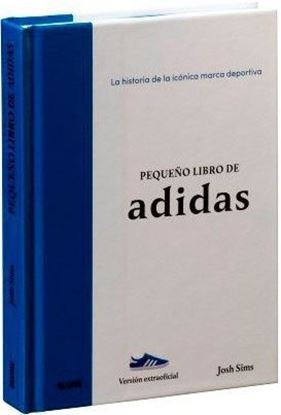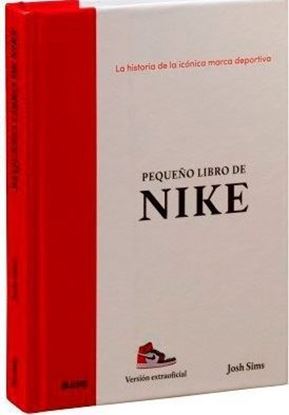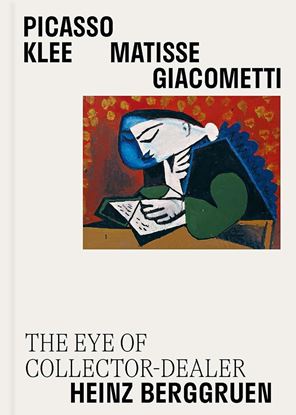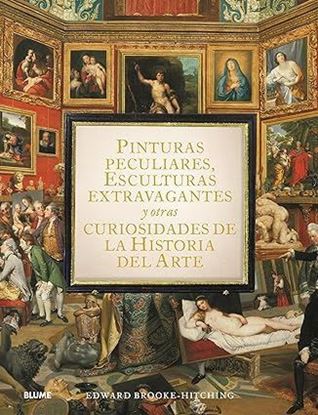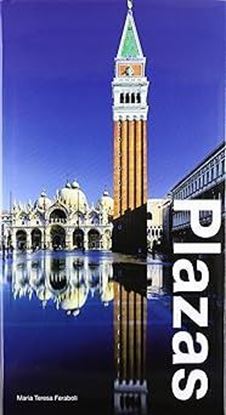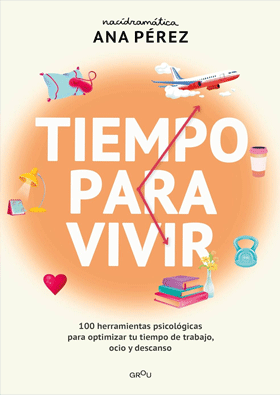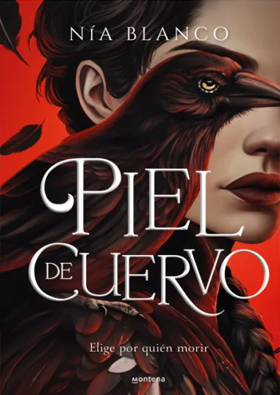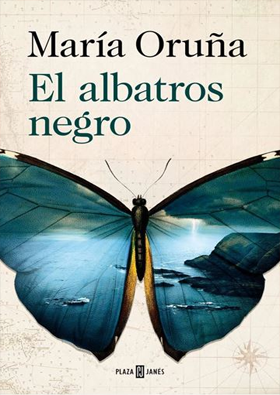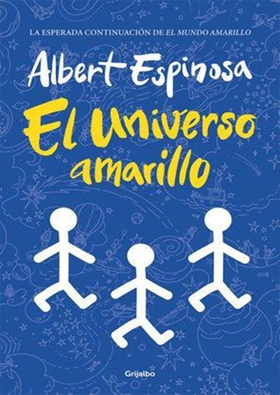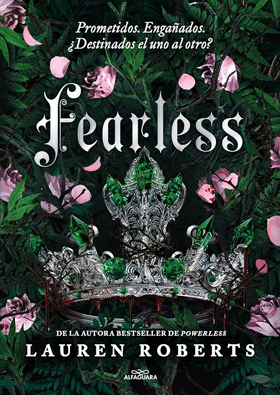

PEQUEÑO LIBRO DE ADIDAS
Descubra la legendaria historia de Adidas, la marca de las tres bandas inconfundibles que han conquistado el mundo.
En esta guía ilustrada, Josh Sims se adentra en la apasionante historia de una de las marcas más icónicas en la actualidad, desde sus orígenes en un pequeño pueblo de Alemania hasta convertirse en símbolo de calidad, rendimiento e innovación.
A través de los diseños más icónicos de la marca, las innovaciones que transformaron el sector y su influencia en la cultura pop, este libro representa una lectura esencial para los amantes de las últimas tendencias y de las sneakers.
1,200
PEQUEÑO LIBRO DE NIKE
Descubra la legendaria historia de Nike, que con su extraordinario diseño y el inconfundible Swoosh ha conquistado el mundo y se ha convertido en una especie de culto.
En esta guía ilustrada, Josh Sims analiza el ascenso de la compañía de equipamiento deportivo más grande del mundo, desde sus inicios humildes en Oregón hasta convertirse en un imperio global de la industria de la moda.
A través de los diseños más icónicos de la marca, las innovaciones que transformaron el sector y su influencia en la cultura pop, este libro representa una lectura esencial para los amantes de las últimas tendencias y de las sneakers.
1,200
PICASSO, KLEE, MATISSE, GIACOMETTI
Berggruen’s collection with more than one hundred masterpieces is a spectacular tribute to the foresight of this major player in the Paris art market during the second half of the twentieth century. Born into a Jewish family in Berlin in 1914, he went into exile in California on the eve of World War II. He became art critic for the San Francisco Chronicle and assistant to the director of the San Francisco MoMA. After the war, Berggruen returned to Europe, first to Munich as a journalist, then to Paris where he worked at the UNESCO headquarters before becoming an art dealer specialized in the graphic arts of modern artists. He quickly established contacts within the Parisian cultural scene, meeting both the artists he would represent and the poets, dealers, historians, critics, and collectors of the day. Guided by his personal tastes, he built a solid collection of twentieth-century works now housed at the Neue Nationalgalerie Berlin spanning the careers of Pablo Picasso and Paul Klee and including Henri Matisse’s collages and Alberto Giacometti’s sculptures. The vast ensemble was exhibited at the Orangerie in 2024 and is housed in the Berggruen Museum/Neue Nationalgalerie Berlin.
2,800
PIETRO CICOGNANI ARCHITECTURE AND DESIGN
For 30 years, Italian-born Pietro Cicognani has been designing highly customized and exquisitely crafted country houses, city apartments, outbuildings, pool houses, and even garden plans for an A-list clientele. In the first monograph of his work, some 20 of his notable projects are featured, including a converted barn complex on Long Island, a sprawling estate in upstate New York, a chic minimalist town house in Manhattan, and a romantic seaside house and elaborate garden in the Hamptons. Whether new construction or gut renovation, each project is designed in collaboration with the finest artisans, craftspeople, and exceptional interior designers. Illustrated with photographs by Francesco Lagnese, as well as site and floor plans and drawings, the book includes a foreword by Isabella Rossellini, whose country home Cicognani designed.
4,800
PINTURAS PECULIARES, ESCULTURAS EXTRAVAG
El enigma de la Mona Lisa desnuda, El artista que pintó el fondo marino, Los ángeles mosqueteros del Nuevo Mundo, Los misteriosos retratos de hombres en llamas o La legión de hombres lobo del Ejército romano: una estrafalaria exploración de la vertiente más curiosa del arte, con pinturas, esculturas, dibujos y otras rarezas artísticas extrañas. Una exposición única que reúne más de cien obras magníficas, elegidas por su sorprendente belleza, su rareza y la cautivadora historia que hay detrás de su creación. Tesoros oscuros y olvidados conviven con obras maestras muy conocidas, y todos tienen historias secretas que contar. Las páginas de este libro acogen frescos medievales sobre el Juicio Final, esculturas que gritan, manuscritos mágicos, arquitectura imposible, santos con cabeza de perro y el primer retrato de un caníbal. Arte robado, arte marginal, arte fantasma, arte de venganza y arte pintado en el fondo del mar junto a muestras de arte escandaloso, falsificaciones y engaños, arte de sueños y pesadillas, y pinturas crípticas todavía por descifrar.
1,995
PLAZAS
La Plaza, feliz combinación de arquitectura y urbanismo.Un extraordinario viaje por el `Gran archivo de piedra de una comunidad`. La Plaza ha sido una de la más genuina expresión de la libertad de la comunidad, del poder religioso de la iglesia y de la fuerza de los comerciantes y mercaderes...etc. Este libro recoge las mejores fotografías de diferentes Plazas de Europa, América, Asia y Oceania.
200


